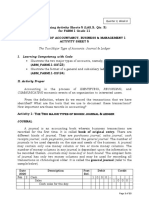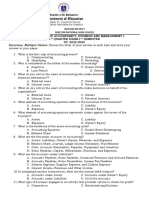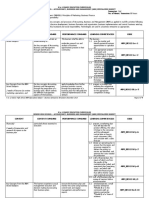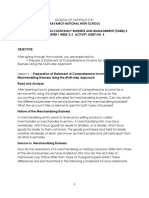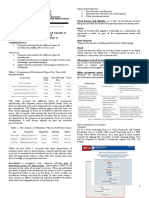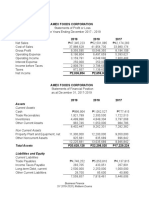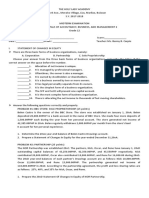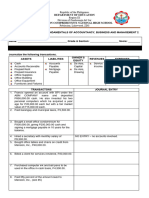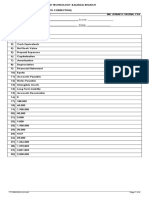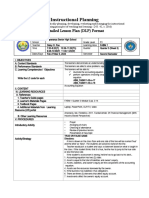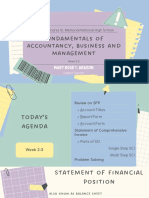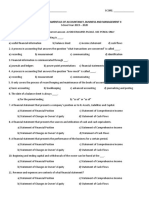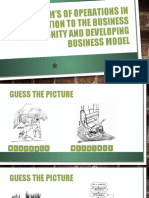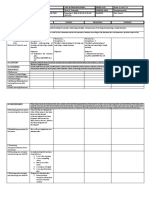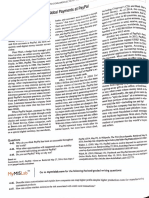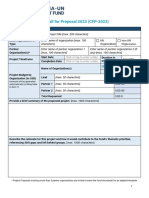0% found this document useful (0 votes)
353 views2 pagesSummative Test 1ST Sem
This document contains a 30-question summative test on accounting and business management concepts for ABM 2 students. The test covers topics such as the key components of financial statements including the balance sheet, income statement, and cash flow statement; accounting equation; classification of accounts; and business organization types. It aims to evaluate students' understanding of essential accounting principles and concepts discussed in their ABM 2 course.
Uploaded by
mark turbanadaCopyright
© © All Rights Reserved
We take content rights seriously. If you suspect this is your content, claim it here.
Available Formats
Download as DOCX, PDF, TXT or read online on Scribd
0% found this document useful (0 votes)
353 views2 pagesSummative Test 1ST Sem
This document contains a 30-question summative test on accounting and business management concepts for ABM 2 students. The test covers topics such as the key components of financial statements including the balance sheet, income statement, and cash flow statement; accounting equation; classification of accounts; and business organization types. It aims to evaluate students' understanding of essential accounting principles and concepts discussed in their ABM 2 course.
Uploaded by
mark turbanadaCopyright
© © All Rights Reserved
We take content rights seriously. If you suspect this is your content, claim it here.
Available Formats
Download as DOCX, PDF, TXT or read online on Scribd
/ 2










